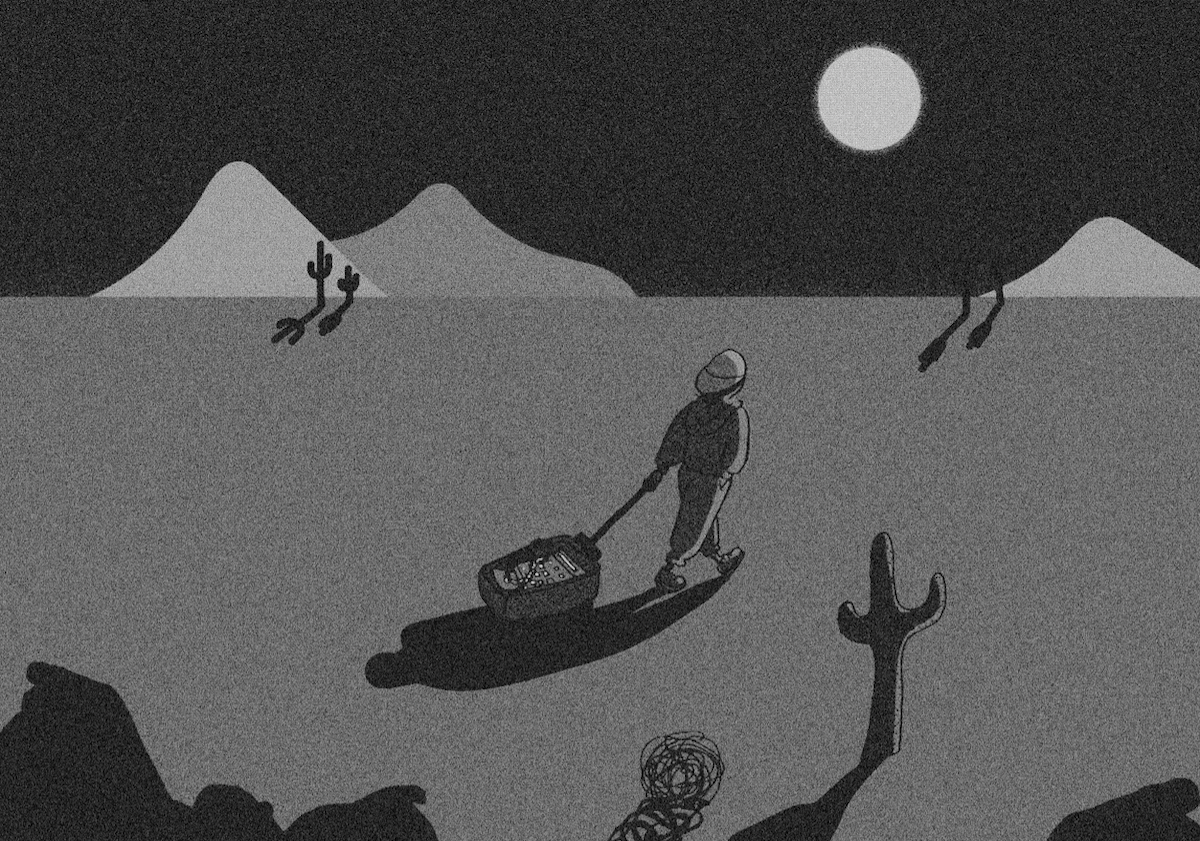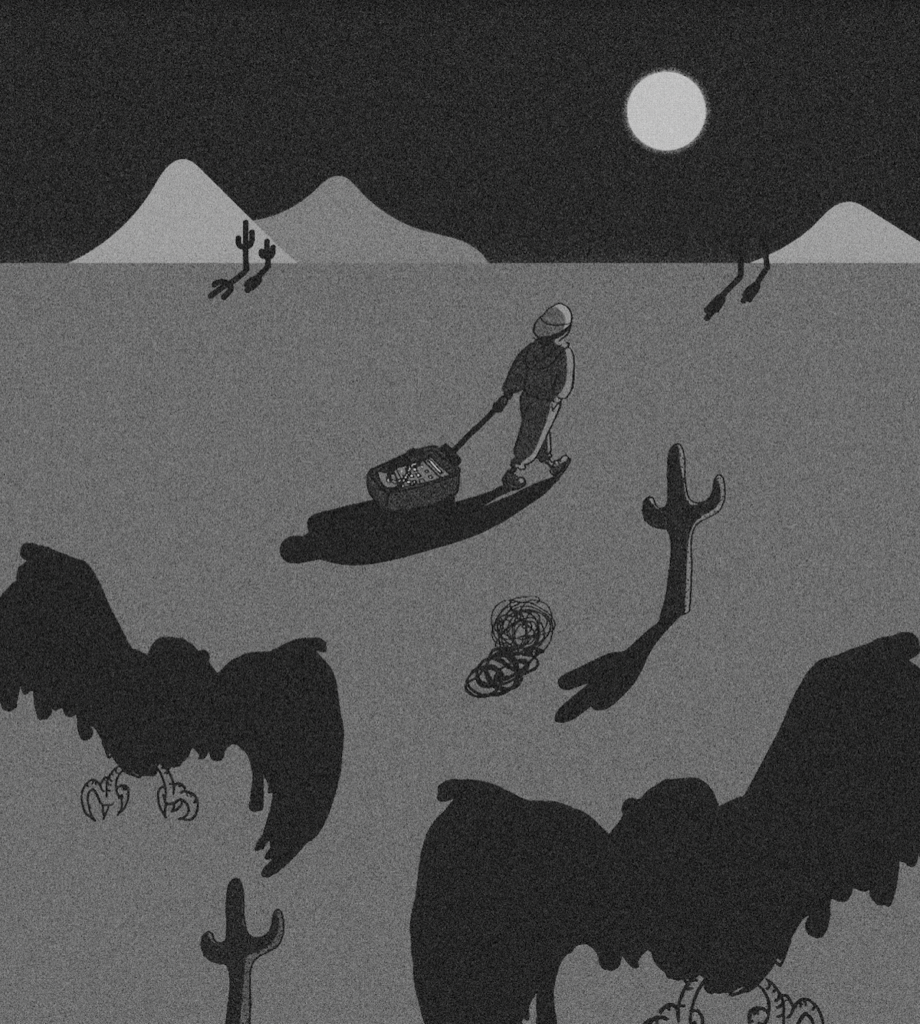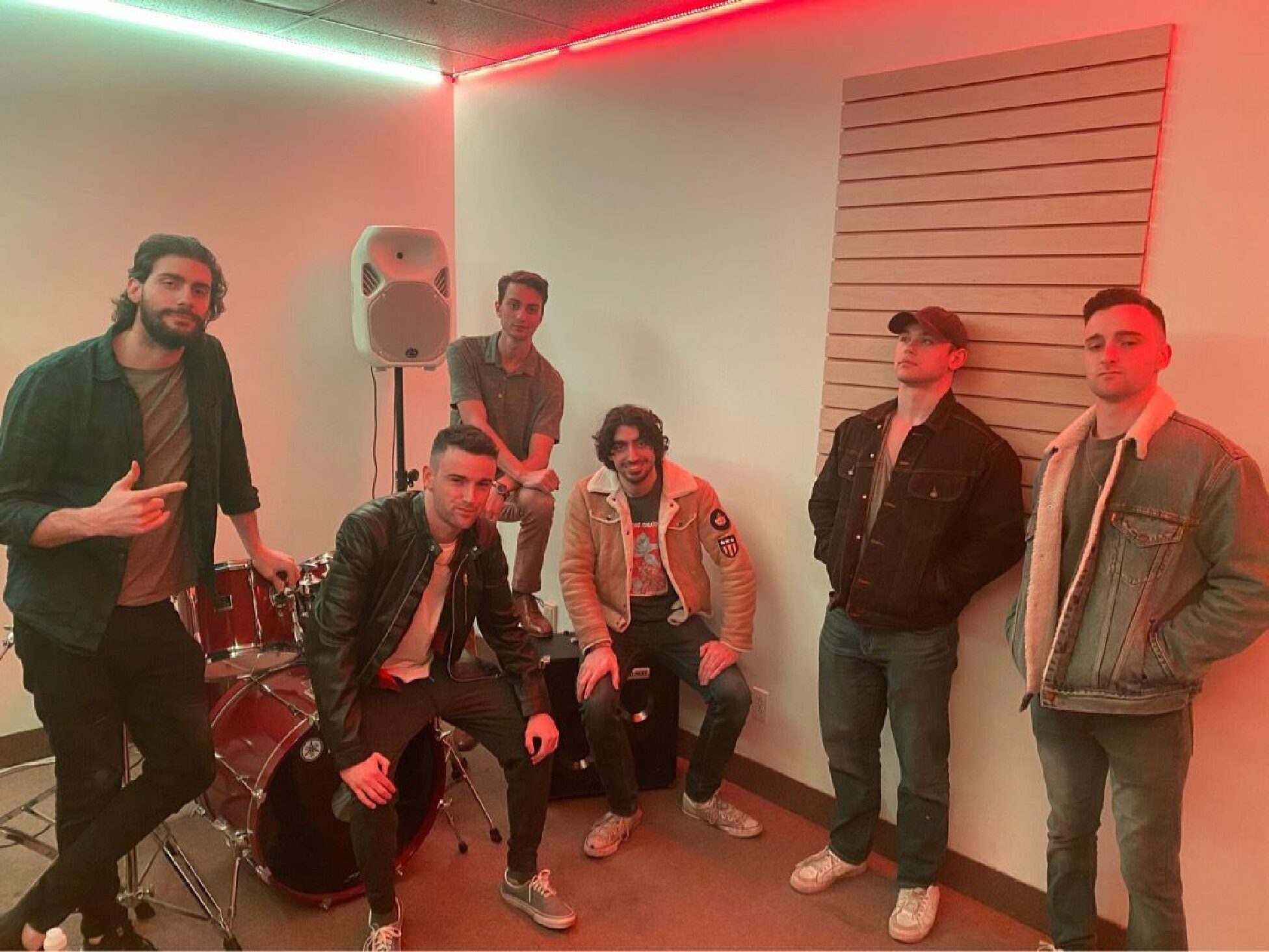 How do unsigned musicians making genuine music stack up to big record labels?
How do unsigned musicians making genuine music stack up to big record labels?
While artists or bands with no financial backing often feel the pressure to pursue a record deal, they still have many opportunities to market themselves. In a universe of expanding media outlets, we should try to embrace artists who strive to make it on their own.
The intention isn’t to put down signed artists, but it’s worth being aware of the difficulties that come with working for a corporation. Record labels play a huge role in commercializing music by setting standards and placing expectations on their signees.
That being said, remaining independent in an oversaturated industry must be difficult, but it’s not as impossible as it was in the past.
There are many more supportive media outlets for the arts these days, and new opportunities for fan interaction. Free streaming services like SoundCloud gave new rap artists like Lil Yachty and Fetty Wap a significant platform in the mid-2010s. Recently, TikTok has also become an avenue for artists to gain, or regain, traction due to its sound-based algorithms.
The modern indie artist
In the past, being an independent artist simply meant you hadn’t been signed yet. Today, indie artists are appreciated for genuine music, uninfluenced by “corporate interests.” Indie is also considered a genre today, often tagged as a niche and unique take on other music categories. Being a self-sufficient indie artist often comes down to how well one can integrate into the music scene and engage their audience.
Indie artists can usually hold their audience’s attention given the right amount of involvement. Membership platform services like Patreon have been a new outlet for independent creators to nurture a fanbase, in an attempt to build more fruitful and healthy fan relationships.
With Patreon, creators can manage a tier of incentives that give subscribers access to more music, merch exclusives, and artist interaction. Cautious Clay, Jacob Collier, and Ben Folds are some of the more notable musicians on the platform, giving fans access to livestream mixing sessions and unreleased tracks. Patreon is just the beginning of services supporting artists, as Twitch, YouTube, and other media platforms have also helped tear down barriers for fan engagement.
Marketplaces like Bandcamp and Hello Merch are other avenues for audiences to support musicians. With COVID-19 lockdowns preventing in-store purchases, physical record sales dropped by 27.6 per cent in 2020. Since merchandise is often the number one way to support artists, these online sites have kept physical as well as digital sales alive.
With these new online outlets helping support artists, there is less reliance on music labels to sell physical copies in record stores. Along with this, there are more opportunities to support artists via donations which are easily more lucrative than streaming sales.
Sponsorship
As it stands, most indie artists do not receive sponsorships without help from bigger music labels. Even if an independent artist is offered a deal, it can be tricky to negotiate how much control the company has over the music. Much like record labels, brands can subtly influence the music they sponsor. One example is Bob Dylan’s strange advertisement with Victoria’s Secret where he essentially stares at models while singing about being sick of love.
A musician’s image can be at risk when they give up their artistic values for a bigger corporation. The worry is that the artist must align their image with the company, and in doing so sacrifice their identity. Rappers are often guilty of name-dropping luxury brands, making the audience wonder whether the song is anything more than promotional.
Many artists still use blatant advertising in their content. For instance, Jennifer Lopez’s “Papi” features up to six different products in her music video, including alcohol, jewellery, and cars. There’s also Lil Pump’s excessive brand-repping in “Gucci Gang,” or the infamous Beats by Dre product placements that appeared in numerous music videos throughout the 2010s.
Some brands, like Yamaha and Fender, aren’t as bad to have in your corner, though. Rather than promoting something that feels distant from an artist’s image, music companies can positively influence the musicians they sponsor. Sending free music equipment, performance opportunities, and financial support are just a few examples of how brands can be an awesome resource for musicians.
So are sponsorships a bad thing?
In the end, artists deserve to be paid. If they are approached by a possible sponsor, they should ensure the deal is made on their terms. And although today’s music can feel overly commercial at times, many of today’s creators promote brands without compromising the value of their art.
Record Labels – David vs. Goliath
The trouble with record labels has always been associated with the pressure for artists to release music. This often leads to conflict caused by the ironclad contracts which bind the artists.
One of the most notable examples is Frank Ocean, who left Def Jam Recordings with the release of his visual album, Endless, just before independently releasing his platinum-certified Blonde. Another example is Prince, who famously changed his name to a symbol in order to exit his contract with Warner Bros.
Many record labels these days have been purchased as sub-labels for the big three record corporations: Universal, Warner, and Sony. For example, RCA Records, Columbia Records, and Epic Records are all funded by Sony Music. Any record label existing outside of these conglomerates is considered an indie label.
Indie labels are great because they form close relationships with their musicians, give larger royalty percentages, and generally allow more artistic freedom. In these labels we also find a smaller cohort of artists and a tendency to gravitate towards specific genres and styles.
The Los Angeles-based record label Brainfeeder, for example, features artists who fall under similar subgenres like jazz, funk, and soul. Domino Recording Company, on the other hand, leans toward an alternative, psych rock sound. Musicians of these niche labels can use this opportunity to tour together, collaborate, and cultivate a larger fanbase.
But with limited marketing campaigns, competition within the label, and fighting to maintain relevance among bigger corporations, artists may opt to take their career into their own hands. Frank Ocean and Chance the Rapper, for example, have succeeded in reaching audiences without the backing of any label, allowing for music creation with more artistic freedom and fewer time constraints.
Streaming Services
Arguably, nothing has impacted music culture more directly than streaming services over the last decade. What started as free applications like Napster and Rhapsody quickly grew into subscription outlets like Apple Music, Spotify, and YouTube Music.
Today, streaming accounts act as a personalized headquarters of sorts; a place where listeners can find the latest releases, featured artists, and tailored playlists. These services curate the scope of music for users, and therefore have a big role to play in giving independent artists a platform. Music curators like Pigeons & Planes and TuneIn are also platforms which can promote upcoming artists through playlists and radio stations.
Each streaming platform finds different ways to curate music and offers different opportunities for indie artists. Apple Music excels at giving musicians the opportunity to curate their favourite music as radio hosts and through featured playlists. Spotify uses its algorithms to specifically tailor new music to users, especially in their Discover Weekly section. TIDAL grew in popularity by featuring exclusive music that would not be immediately released on other platforms.
Without significant exposure on these music hubs, it can be very difficult to make a living from streaming services alone. For example, if an independent artist receives 100,000 streams for a single, that means roughly $318 on Spotify or $800 on Apple Music in music royalties. Considering the amount of listens and production costs for the music, that’s pretty low. So, the main hope for upcoming artists on these apps is to reach an audience.
In the digital age, there are many options in which indie artists can market themselves, but what is most important for artists is to cultivate a following. Various music sites now give artists the chance to engage with fans, sell exciting merch, and of course share their music.
Online presence is only the starting point though. From there, artists can use concerts and tours to supplement their projects, to truly engage with their fanbase, and use these alternative market opportunities to be able to live making music.
Graphic by Lily Cowper

 How do unsigned musicians making genuine music stack up to big record labels?
How do unsigned musicians making genuine music stack up to big record labels?


